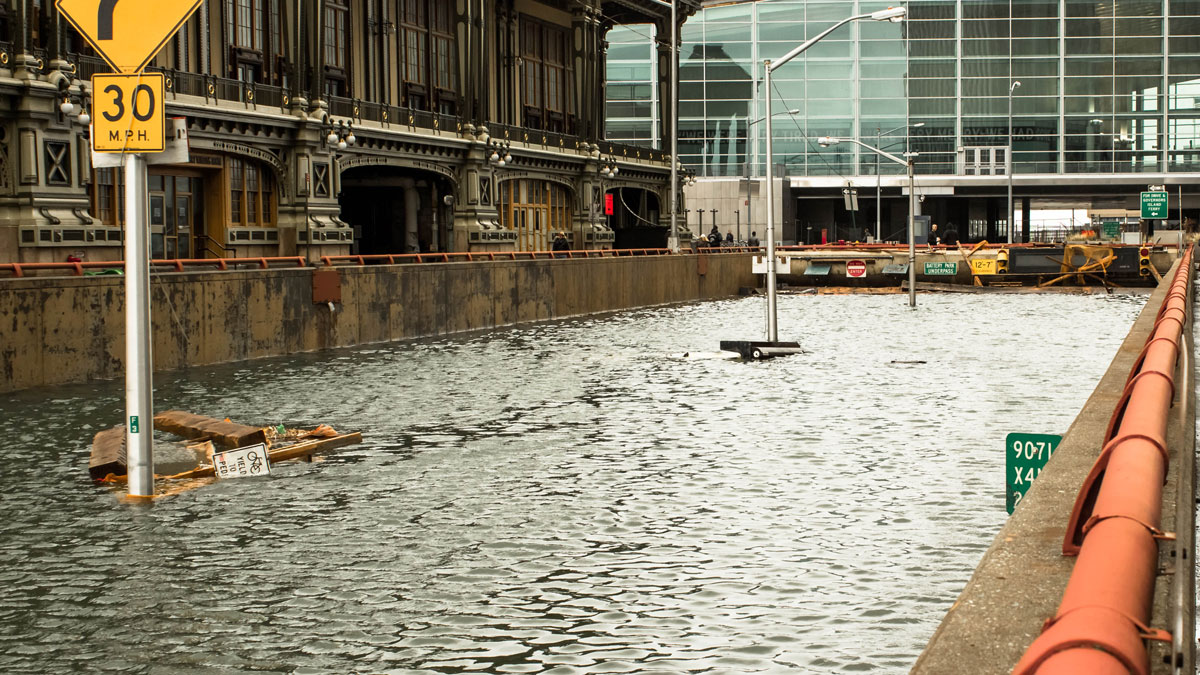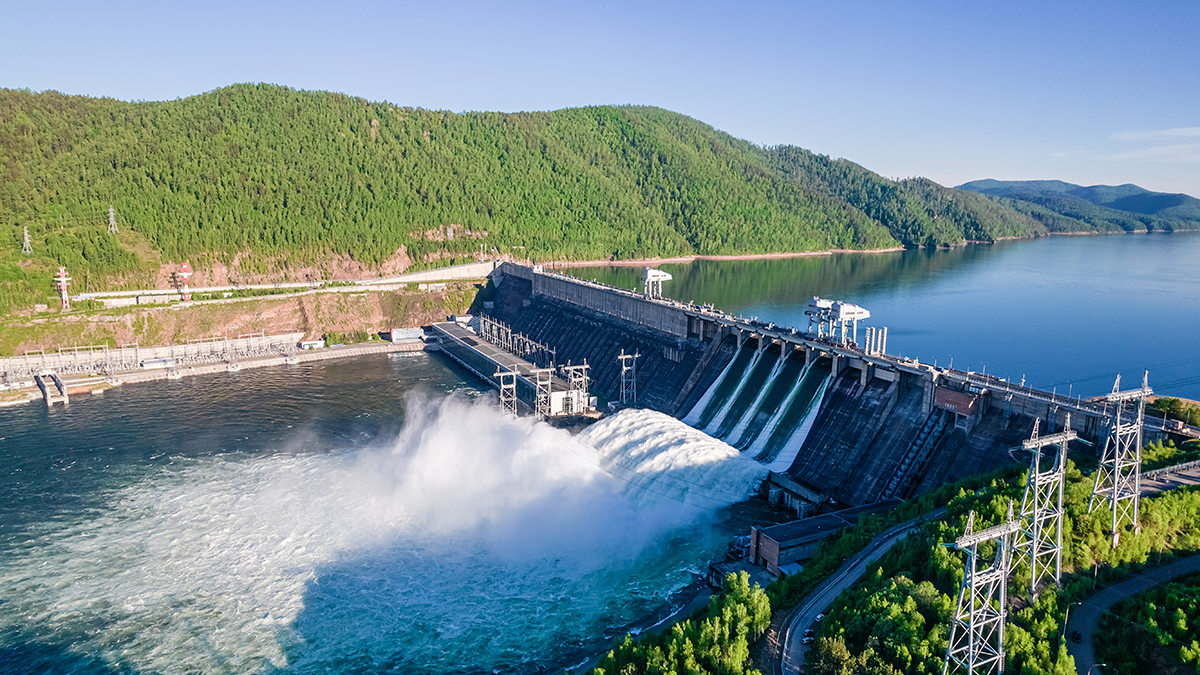A new analysis of flood exposure shows many residential buildings at risk as sea levels rise.
floods
Expecting the Unexpected Could Help Us Prepare for Climate Extremes
A new paper argues that too little consideration of high-impact, low-likelihood events has left us unprepared for the worst of climate change.
Satellite imagery of the aftermath of flash flooding in Afghanistan – an example from Burkah in Baghlan Province
The Landslide Blog is written by Dave Petley, who is widely recognized as a world leader in the study and management of landslides. In recent days, northern Afghanistan has been struck by devastating rainfall that has resulted in flash flooding. The most intense rainfall occurred on 10 to 11 May 2024, with a focus on […]
Alerting Communities to Hyperlocalized Urban Flooding
A high-accuracy, low-cost sensor network may change the way urban floods are detected and monitored.
Shifting Winter Storms Bring More Flooding to India
Western disturbances are hanging out over India for longer, adversely affecting water security in the country.
Foundations in Hazards and Disasters for Undergraduate Students
A new textbook for undergraduates explores different types of natural hazards and disasters through foundational scientific knowledge, engaging case studies, and mitigation strategies.
Where and How Sea-Level Rise Threatens Coastal Areas and Communities
To better understand how sea-level rise threatens coastal areas, scientists propose a new indicator to estimate the risk of coastal flooding under climate change.
Five Key Needs for Addressing Flood Injustice
Better data and assessment metrics—and improved researcher involvement in communities—are needed to understand and redress inequitable vulnerabilities to and recoveries from flooding.
High Water Levels Cause Problems for Mississippi Shipping
Source: Geophysical Research Letters Droughts’ effect on the navigability of rivers is well documented: During the summer and fall of 2022, barges in the Mississippi River were left stranded, raising concerns about increased shipping costs for key products. Between 2015 and 2019, barges carried an average of 400 million tons of goods along the Mississippi […]
River Damming: How it Harms Fish and What Can Be Done
The severe impacts of river damming on fish habitats have aroused widespread attention, prompting major conservation measures to help mitigate these negative effects.










